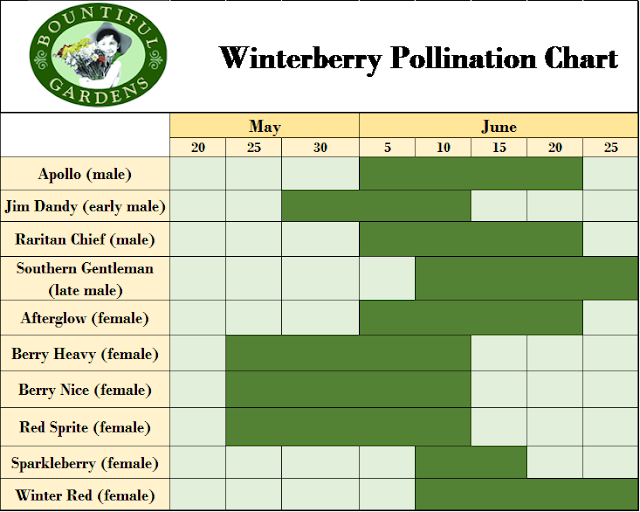Figs (Ficus Carcia) belong to the family Moraceae, which includes over 1,000 species. It is native to the middle East and western Asia, though many varieties have become naturalized in North America.
The common fig is a deciduous tree/shrub cultivated for its delicious fruit, but also makes an attractive small, ornamental tree for yards, gardens and landscapes. Fig trees typically reach a height and width of 10-20', thriving best in well drained soil and full sun exposure.
An important factor in the care of your fig tree is Winter protection, particularly in areas where temperatures will drop below 25 degrees F. Whether your fig is planted in a container or in the ground, proper winterizing is the key to success.
In-Ground Planting
For cold climates, we suggest selecting a cold hardy variety:- Chicago Fig: Produces plenty of fruit during the growing season even if it freezes to the ground in Winter.
- Celeste Fig: Also known as Conant, Celestial or Sugar Fig, this fast-growing cultivar has a shrub-like habit, reaching around 15' at maturity. Like the Chicago Fig, Celeste will also freeze to the ground in low Winter temperatures but will rebound in Spring.
- Brown Turkey Fig: This prolific bearer of large fruit is known to occasionally produce two crops in a single year in addition to lasting through the cold Winter months.
- Ventura Fig: More cold hardy than most, this compact variety reaches about 13' at maturity.
These are just a few examples of cold hardy figs-- planting one will greatly increase your chances of successfully wintering your tree!
Implement your fig tree Winter protection after all the leaves have dropped in Fall.
- Start your tree's Winter care by pruning away any branches that are weak, diseased or crossing other branches.
- Tie the branches together, forming a column.
- Add a thick layer of mulch over the roots.
- Wrap your tree in several layers of burlap, leaving the top open to allow moisture and heat to escape
- Build a cage around the tree-- chicken wire is a common choice, but any material that is somewhat sturdy will work.
- Wrap the whole tree in either plastic insulation or bubble wrap.
- Place a plastic bucket on top of the wrapped column.
Remove the Winter protection in early Spring when night temperatures consistently stay above 20 degrees F.
Container-Planted Trees
This method is much easier and significantly less labor intensive than what is required for trees planted in the ground.
Wintering Your Container-Planted Fig Tree
- Once all the leaves have dropped, relocate your tree to a cool, dry place-- in the garage, basement or even closets are great spots.
- Water your fig tree once a month. Figs require very little water while dormant and overwatering during this peropd can actually kill your tree!
- In early Spring, you will see the leaves beginning to emerge. When night temperatures stay consistently above 35 degrees F, you can bring your tree back outside.
You don't want to bring your fig tree back outside before frost has passed...This will result in the new leaves getting burned or damaged from exposure to frost.
These low maintenance trees are great for many reasons, a major point being that they rarely need fertilizer. In fact, giving a fig tree fertilizer when it doesn't need it can actually damage the tree-- a fig tree that gets too much nitrogen produces less fruit and is even more susceptible to cold weather damage.
Additionally, figs are naturally slow-growing trees and giving them fertilizer may cause a growth spurt, resulting in splits and cracks in trunks/branches.
How & When To Fertilize Figs
The most important thing is to know what to feed fig trees. It's easy to overdo it with stronger fertilizers, so a general-purpose fertilizer with an analysis of 8-8-8 or 10-10-10 is what we recommend.
The best time to provide fertilizer for your fig tree is only when it shows symptoms of either slow growth or pale leaves, however there are a few exceptions:
- If your tree is planted in a sandy location
- Fig trees surrounded by other plants compete for nutrients
Harvesting Figs
Figs are easy to harvest when they are ripe-- An essential rule for fig tree harvesting is to handle the ripe fruit as little as possible to avoid bruising. Pull or cut the fruit gently from the stem, leaving some of the stem attached to the fig to help delay fruit spoilage.
Wait until the figs are ripe to harvest. Figs will not continue to ripen after they are picked like many other fruits. You can tell that it is time for harvesting figs when the fruit necks wilt and the fruits hang down.






































